As we enter fall, many are squeezing in last-minute getaways or planning upcoming travel for the winter holidays and have trouble sleeping when flying. Whether for business or leisure, or a combination of both, ensuring your flight is comfortable and restful can make all the difference in how you feel when you arrive at your destination.
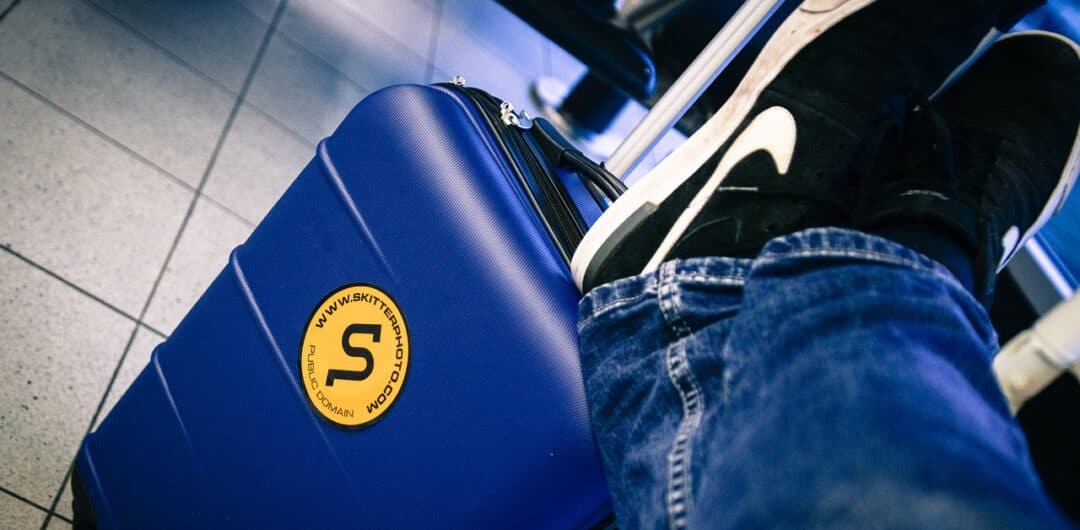
If you’re like I am, trying to get a good night’s sleep or even a nap while traveling is next to impossible. When it comes to flying, take the uncomfortable seats, add in the cabin temperature, and top it off with noise from other flyers and it’s a melding for tossing and turning.
Sleep experts from Amerisleep say: “Traveling can often be stressful and tiring, but with a few simple adjustments, you can significantly improve your comfort and rest during the journey. Making small changes to your travel routine can optimize the quality of your sleep, helping you arrive refreshed and ready to enjoy your trip.”
1. Loosen Your Shoelaces Before Sleeping
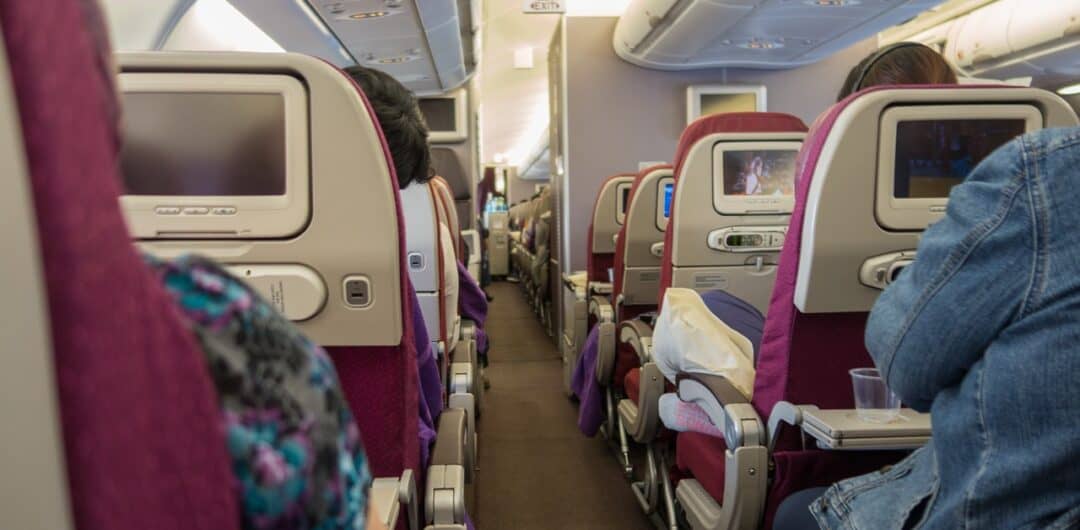
Wearing tightly laced shoes for an extended time can compress nerves and restrict blood flow to your feet, causing them to go numb while you rest. Loosening your laces on the plane can alleviate discomfort and promote healthy circulation, aiding in longer, more restful sleep.
Additionally, consider wearing comfortable slip-on shoes or travel socks instead of lace-up shoes during your flight to give your feet more freedom while you sleep.
2. Pick Your Seat Carefully
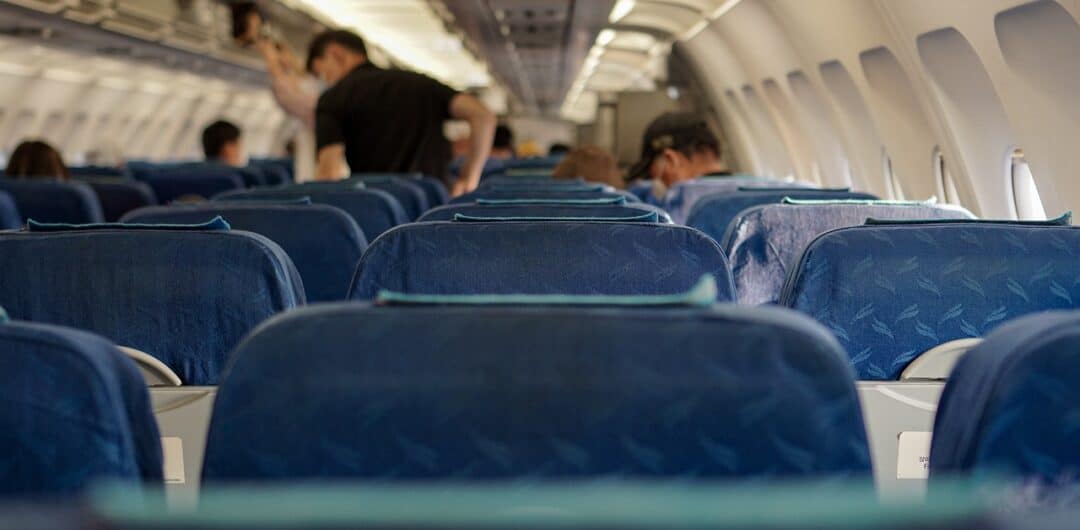
Choose a window seat if you plan to sleep, as it gives you something to lean against and control over the window shade. If you need to stretch or make frequent trips to the restroom, an aisle seat might be more suitable.
Choosing your seat carefully can significantly improve your comfort and rest, making it worth the extra cost to find the ideal spot for you.
3. Sleep Right, Sleep Tight
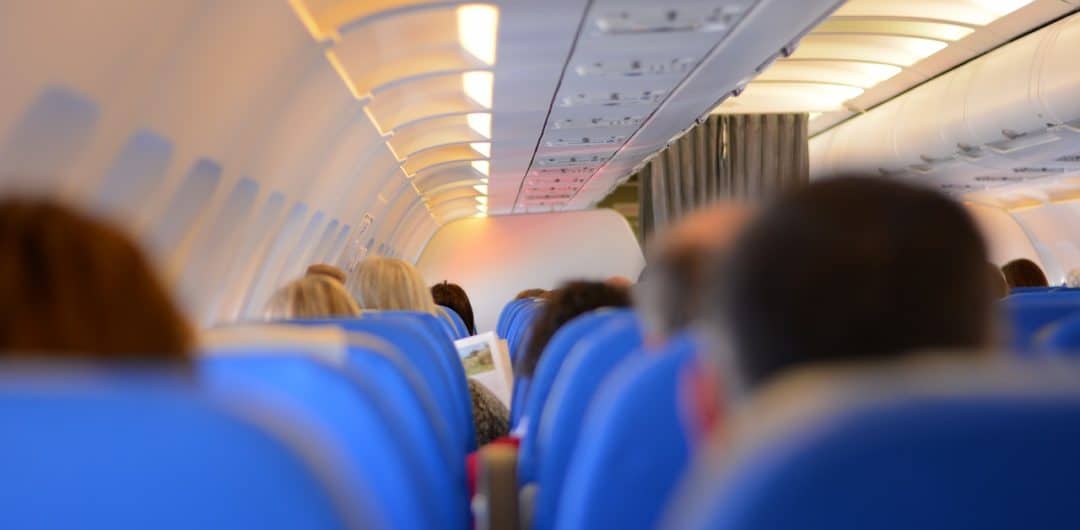
Stick to your regular sleep schedule as much as possible. If you’re crossing time zones, start adjusting your sleep schedule a few days before departure to reduce jet lag. Limiting screen time before you plan to sleep can also improve your sleep quality, making it easier to rest during your journey.
Moreover, research suggests the optimum temperature for a perfect sleep is between 65°F and 68°F, meaning, depending on your flight, you might need a blanket or a handheld fan.
4. Stay Hydrated
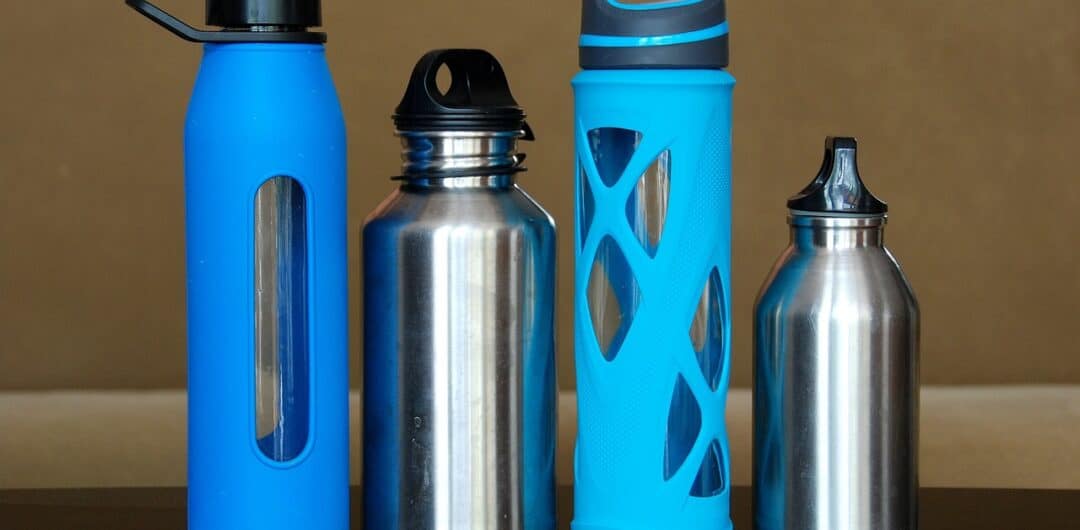
Airplane cabins can be dehydrating, leading to fatigue and discomfort. Drink plenty of water before and during your trip, and avoid caffeine, which can contribute to dehydration. Along with hydration, pack healthy snacks like nuts and fruits to keep your energy levels stable without the crash that can come from sugary snacks.
5. Don’t Wear Jeans

Wear loose, comfortable clothing and bring layers to adjust to varying temperatures. Avoid tight clothing that can restrict circulation, although some people swear by a pair of compression socks.
Additionally, regularly stretching and moving around, even if it’s just simple in-seat exercises, can prevent stiffness and improve circulation, reducing the risk of deep vein thrombosis (DVT).
6. Don’t Forget Your Pillow
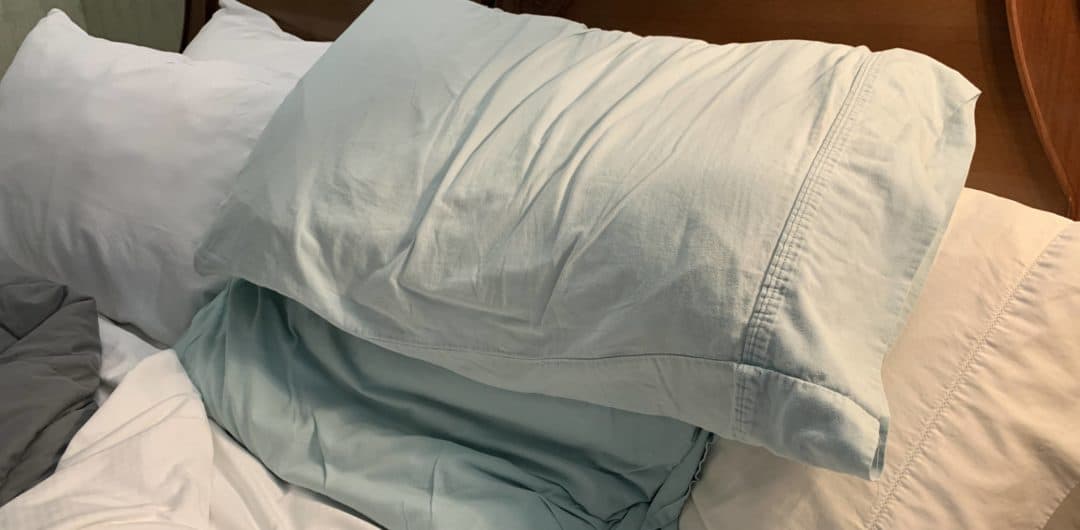
Bringing your own travel pillow and blanket can make a big difference, especially on long flights or road trips. They provide familiarity and support, helping you rest more easily. Pair this with noise-canceling headphones to create a peaceful environment conducive to sleep.
7. Bring a Little Bit of Home with You

Use a sleep mask and earplugs if you’re sensitive to light and noise. Bringing a small item from home with a familiar scent, like a pillowcase, can provide comfort and help you relax in an unfamiliar environment. Creating a personal comfort zone can significantly enhance your ability to sleep while traveling.
8. How to Help Your Kids Sleep Better
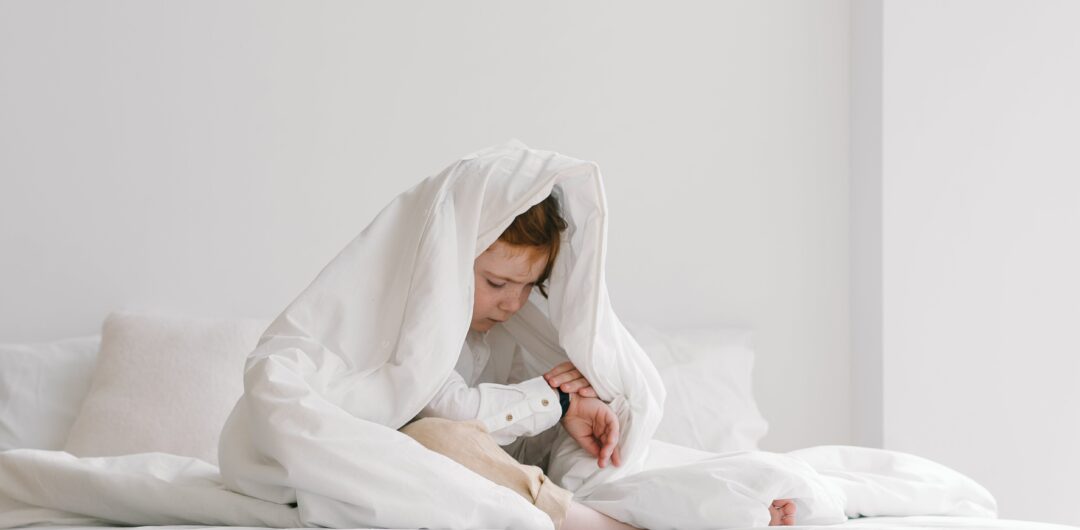
Research suggests that healthy sleep habits increase sleep duration in children. To help children sleep during long journeys, it is crucial to maintain a familiar bedtime routine. Bring along a favorite blanket or bedtime story to provide comfort and a sense of security. If possible, schedule travel during their usual nap or bedtime to make it easier for them to rest.
